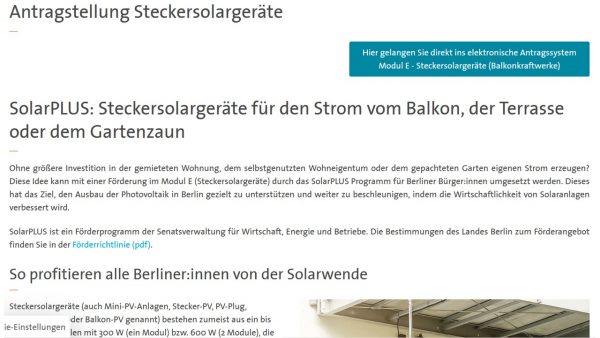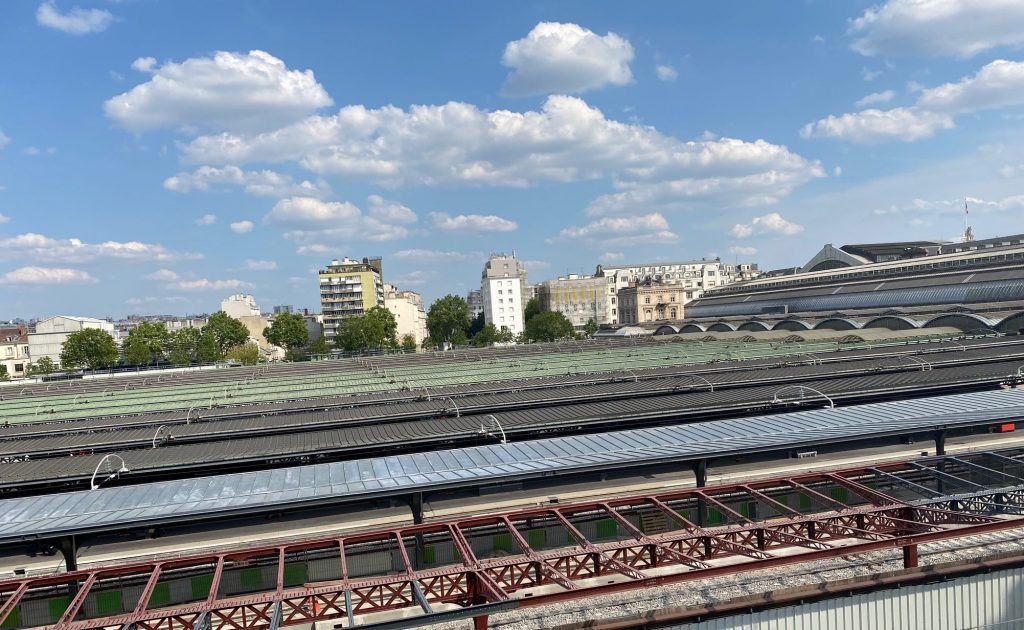Energy production and consumption in a home are determined by many factors. The number of persons in a household has, of course, a considerable impact on consumption patterns. The investment in home energy production can cover the basics, but is less likely to cover peaks of consumption like friends on a visit wanting to charge their electric vehicle.
In a test with a simple small scale solar panel (fixed on a balcony for example with 860W peak) it was possible to produce a full days consumption on a sunny summer day for a 1-2 person household without use of electricity for personal mobility, but hot water through heat pump provision. The potential for an own production of electricity during summer months is within reach without major behavioral changes.
Okay, digital steering of energy consumption for hot water during hours of bright sunshine and washing machine around high noon are not for everybody to program or carry through.
Digital tools complement the energy consumption at the right time. There is a lot of power in sunshine. The usual caveats of bad weather and winter months change the calculations. The return on investment or break even point needs 300 days of about 2 kWh to recover the 500€ initial costs of the solar panels. After about 3 years the initial costs are recovered and savings begin to accrue. The bridge between energy theory and practical applications is to be found in experimental setups and tests of different scenarios for the modern “prosumer” of the 21st century.






